Torture Test: Paint Strippers
Safer products get the job done, but unfortunately, the fastest are the most toxic.
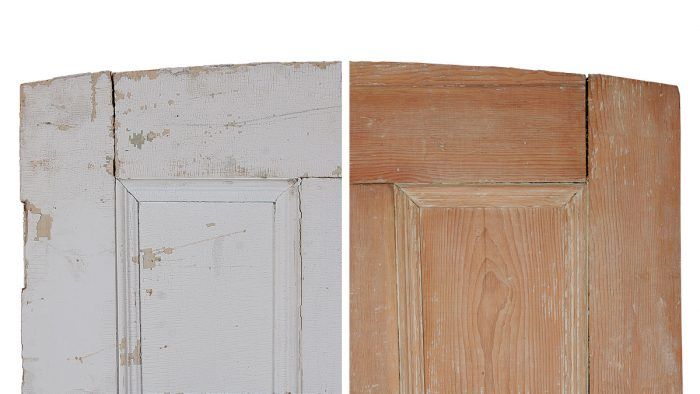
Scraping and sanding are frequently the tasks you need to do to remove old paint to restore a paintable surface. Sometimes, however, you need to take the surface back to bare wood. In those cases, you will most likely reach for a paint stripper. With the number of choices on the market, how can you be sure which is the best one for your needs?
In this article, carpenter Andy Beasley tests commonly available paint strippers to determine which ones did the job most efficiently and effectively. He also rated products’ effectiveness on surface orientation (some products dripped, ran, or sagged on vertical surfaces).
| Editor’s Note: In March 2019, the U.S. Environmental Protection Agency issued a final rule to prohibit the manufacture (including import), processing, and distribution of methylene-chloride in all paint and coating removers for consumer use. Please ensure you use paint strippers in accordance with EPA guidelines. |
Finding the Right Paint Stripper
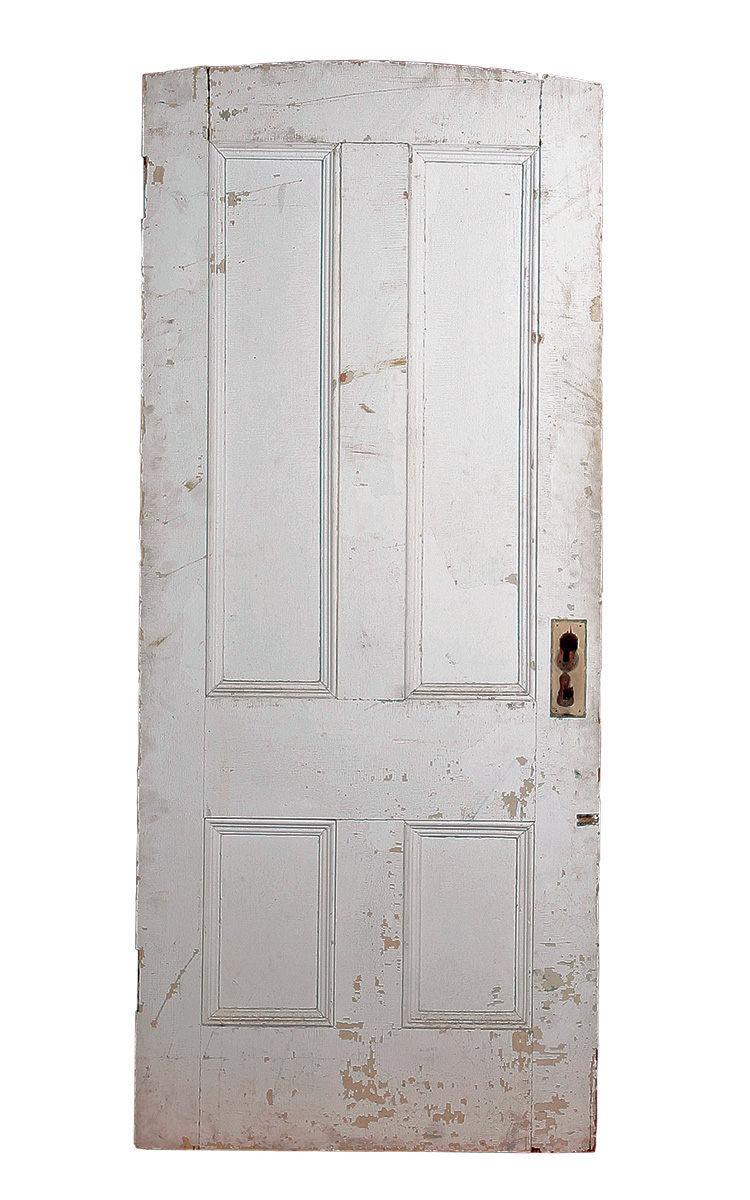
Most of us are all too familiar with the scraping, sanding, and caulking that are part of the prep work for repainting. But when your next renovation calls for stripping the kitchen cabinets back to bare wood or uncovering some architectural details that have been hidden beneath too many touch-ups, you can be excused for being a little unsure about your next step.
You know you need some kind of chemical stripper, but choosing the right product isn’t easy. There are highly toxic liquids and supposedly safer gels, stuff that won’t drip and other stuff that will, and these products all claim to get to bare wood in the shortest time possible. To help you decide which type of product is right for you, I’ve taken a close look at 10 commonly available paint strippers that span the spectrum of toxicity and ease of handling.
Goops, Gels, and Pastes
To minimize the downside of an already unpleasant process, it’s important to find the right match between product characteristics and the job you’re planning to do. As a general guide, most strippers are designed to remove paint from wood, masonry, and metal surfaces, although plastic, rubber, and linoleum are typically off-limits.
Unlike the coverage estimates on a can of paint, there are so many variables involved in removing a finish that most manufacturers omit this information. Unless you’re doing a lot of paint stripping, it’s best to start by purchasing small containers of these strippers so that you don’t waste money or get stuck with too many leftover chemicals.
The easiest and fastest application method is generally by brush, although the Franmar Soy Gel stripper can be sprayed. Dumond’s Peel Away 1 was the thickest product I tested — similar to joint compound — so it goes on best with a plastic scraper (included with the product). All of the strippers do well on horizontal surfaces, which not only allows you to apply thicker coats, but also slows drying and speeds paint removal.
Although I found that a product’s chemical makeup is more important than its consistency, it’s also true that thicker, more tenacious formulas are what you want for vertical applications. Peel Away 1 was in a class by itself, especially for overhead work. Among the safer alternatives, the Mötsenböcker formula was quite runny, while Zinsser’s Magic Strip was definitely the stiffest option.
Lion or Lamb?
When choosing a chemical paint stripper, the first question most people ask is about the product’s toxicity. We all want good performance, but not if that means we won’t be able to balance a checkbook after we put the can of stripper back on the shelf. While I’m no chemist, I learned there’s a toxicity spectrum, and there is no such thing as a perfectly safe paint stripper. All require some level of personal protection for skin, eyes, and lungs.
The products I tested featured ingredients ranging from relatively benign to the seriously hazardous. Although the chemicals differ, all seek to penetrate built-up coats of paint and ultimately weaken the bond between the bottom layer and the substrate.
Unapologetically Toxic
Most of the products that promise the fastest results rely on harsh chemicals and a supporting cast of solvents to do the heavy lifting of paint removal. This means proper precautions must be taken. These precautions include heavy gloves, splash goggles, and a good respirator (not a dust mask). It’s best to work outdoors, away from people and pets, and to have a supply of water on hand for emergencies.
Safe is a Relative Term
Even the safer strippers still can be hazardous to breathe or to get on your skin, but with proper ventilation, they’re a good choice if you must work indoors. Although slow, they tend to stay active longer and can be left alone to work overnight. (In these cases, it’s usually best to cover them with plastic wrap to keep the product moist and active.)
Use this option sparingly, however, because these long contact periods can soften underlying wood surfaces and make them more susceptible to damage from scraping tools. Similarly, to minimize the risk to veneered surfaces, be sure to follow each manufacturer’s instructions for limiting application times.
Time Trials
We asked the same thing of all the strippers: what will it take in time and materials to return this crusty old door to bare wood?
Dumond Peel Away 1 (12h30m – 1 application)
$38 per 1-1/4 gal. includes remover, paper, plastic scraper, and neutralizer
Although it ranked well behind harsher strippers, this unique paste-and-paper product has advantages. This waterbased, low-odor stripper can be used indoors or out, although it’s still nasty enough to cause skin burns. It was the easiest to apply and was the best on vertical surfaces. It works beneath a paper cover where you can’t monitor its progress, but if you nail the correct time to peel off the paper, the paint will come off with little or no scraping. This product can soften and permanently darken some wood species, however, so it’s best to check if it’s right for your project.
Citristrip Safer Paint & Varnish Stripping Gel (68h00m – 3 applications)
$14 per qt.
This was the fastest product among the less-toxic strippers I tested. It reached bare wood over the entire test piece after 68 hours and three long applications, and it recorded more progress at each stage of testing than any of the comparable products. It is appropriate for indoor use with good ventilation and adequate personal protection. The consistency is thick, but it sags on vertical surfaces. The orange color makes it easy to track where the stripper has been applied.
Franmar Soy Gel Paint Stripper (70h00m – 3 applications)
$21 per qt.
Requiring three applications and 70 total hours, the Franmar Soy Gel finished a close second among the safer products. With its fairly liquid consistency, it can be poured, brushed, or applied with an airless sprayer. The downside of this flexibility is a greater tendency to drip and run on vertical surfaces. It’s a good choice for indoor use with adequate precautions.
Mötsenböcker’s Lift Off Paint & Varnish Remover (71h00m – 3 applications)
$14 per qt.
This water-based, indoor/outdoor stripper turned in a top-tier performance among the safer products; 71 hours and three applications were needed to strip the test piece. The no-drip container was the easiest of all to use; this was good because the product itself was runny and had little vertical cling. It dried more quickly than most of its competitors, which necessitated more-frequent touch-ups.
3M Safest Stripper Paint & Varnish Remover (116h00m – 8 applications)
$11 per qt.
Judging by its low odor and minimal safety warnings, this product might well have lived up to its name as the safest stripper I tested. Unfortunately, safe doesn’t mean fast, as it took eight applications and 116 hours to complete the job. The product is a creamy white goop that’s easy to apply in a thick coat, though it sagged significantly when vertical. Although it finished the test near the bottom of the pack, its reasonably good performance on the test piece’s first two layers of paint suggests that it packs enough punch for less challenging tasks.
Zinsser Magic Strip Paint & Varnish Remover (143h00m – 10 applications)
$17 per qt.
Every race has its last-place finisher, and this stripper earned that dubious honor. It loitered through 10 coats and 143 hours getting down to bare wood. Like 3M’s Safest Stripper, the Zinsser Magic Strip eliminated the test piece’s first two paint layers fairly quickly, so it has potential for light-duty work. It can be used indoors with adequate ventilation and a respirator, and it’s also one of the few formulas compatible with fiberglass surfaces. Product consistency is very thick and is excellent for vertical surfaces. The manufacturer claims that the stripper will change color from green to pale green when it’s ready to be scraped away, although I scarcely noticed the switch.
The Results: Do You Want Speed or Safety?
The good news is that all the products in this roundup were able to get the job done. If time is short and you need to work fast, more toxic strippers are the best option. If the only criteria you’re concerned with are speed and effectiveness, they won this race hands down. When used cautiously, they’ll yield quick results without frying your brain. I would turn to Dumond’s Peel Away 1 for large or intricate surfaces, and for its excellent control of lead paint.
How We Tested: Don’t Stop Until all the Paint’s Gone
The goal with this test was to put all of these strippers—from the hazardous to the mild—in a head-to-head competition to find out whether effective stripping performance requires the toughest chemical formulas. There are more chemical strippers on the market than my editor and I could review in a single article, so we decided to focus this test on those that are best suited to removing paint. I selected readily available paint strippers from across the toxicity continuum.
A Common Task
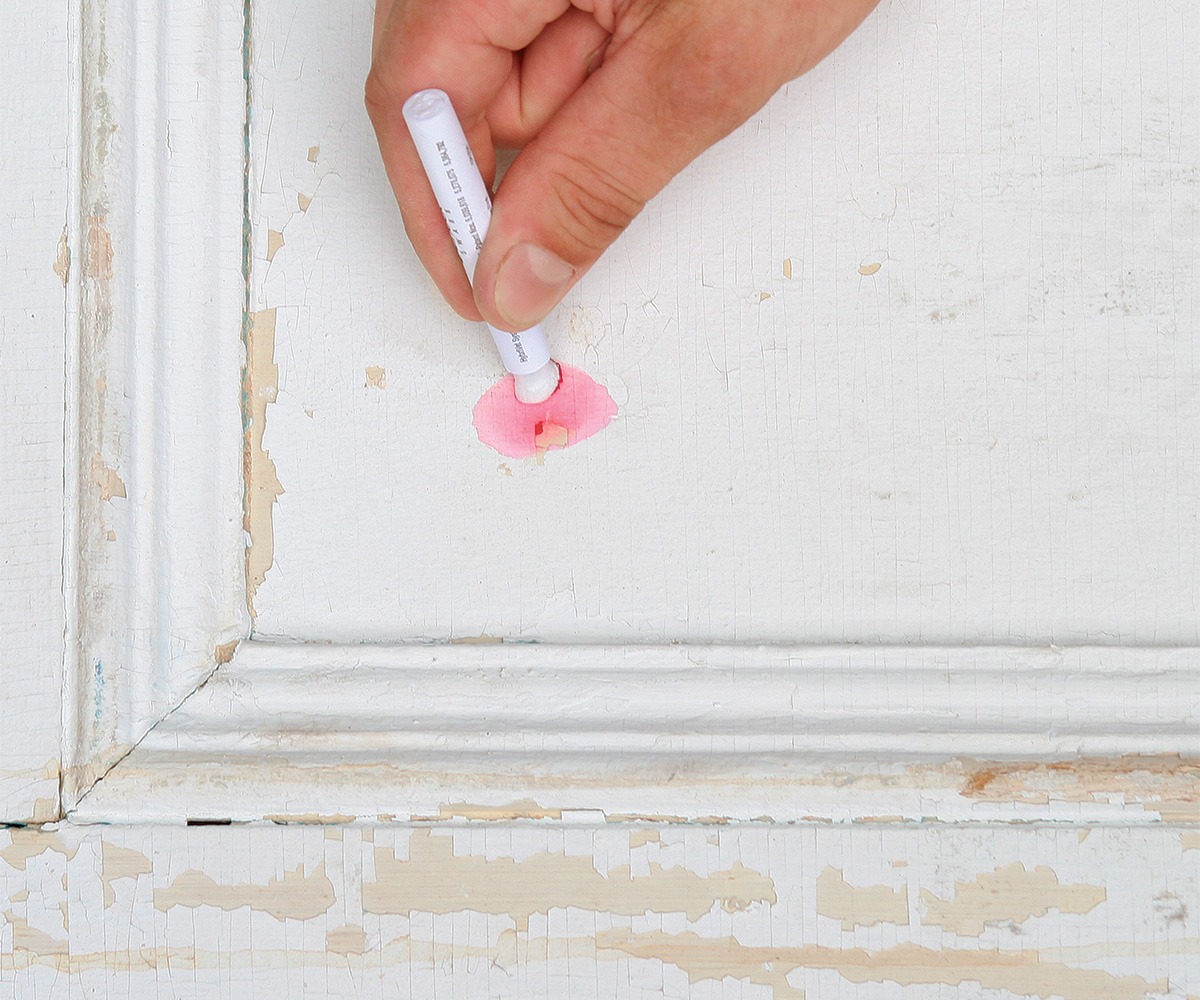
For the test surface, I used an old, heavily painted antique door I cut into 10 pieces, with each piece featuring a mix of flat surfaces and detailed moldings. I assigned each stripper to an individually numbered section of the door, and logged how long it took for that product to remove the multiple layers of paint. My objective wasn’t to prepare the wood fully for a new finish, but rather to find out how quickly I could reach a reasonably paint-free surface.
The first step I recommend when starting a project like this—especially with obviously old paint—is to test for lead. When my home test kit turned in a positive result, I made sure to have the proper protection for myself and my surroundings. Given that I was already planning to deal with some seriously dangerous chemicals, it didn’t require much extra planning to cope with the lead threat as well.
Eliminating Variables
I applied most of the products with a cheap, disposable chip brush, noting the time I put on and removed each coat. I placed a thermometer on my worktable to make sure the air temperature remained within the manufacturer-specified range throughout the entire time each product was at work. I provided for adequate ventilation, but without any excessive air movement.
Knowing that the products would lose effectiveness if they dried out, I closely monitored each test piece and touched up dry areas or added a covering of plastic wrap to keep them moist. Dumond’s Peel Away 1 was the only product I tested that was designed to be covered with a proprietary paper to keep the product active (and later, to speed its removal). Although I generally worked with the pieces in a horizontal position, I routinely tipped them up to test each product’s ability to cling to a vertical surface.
 |
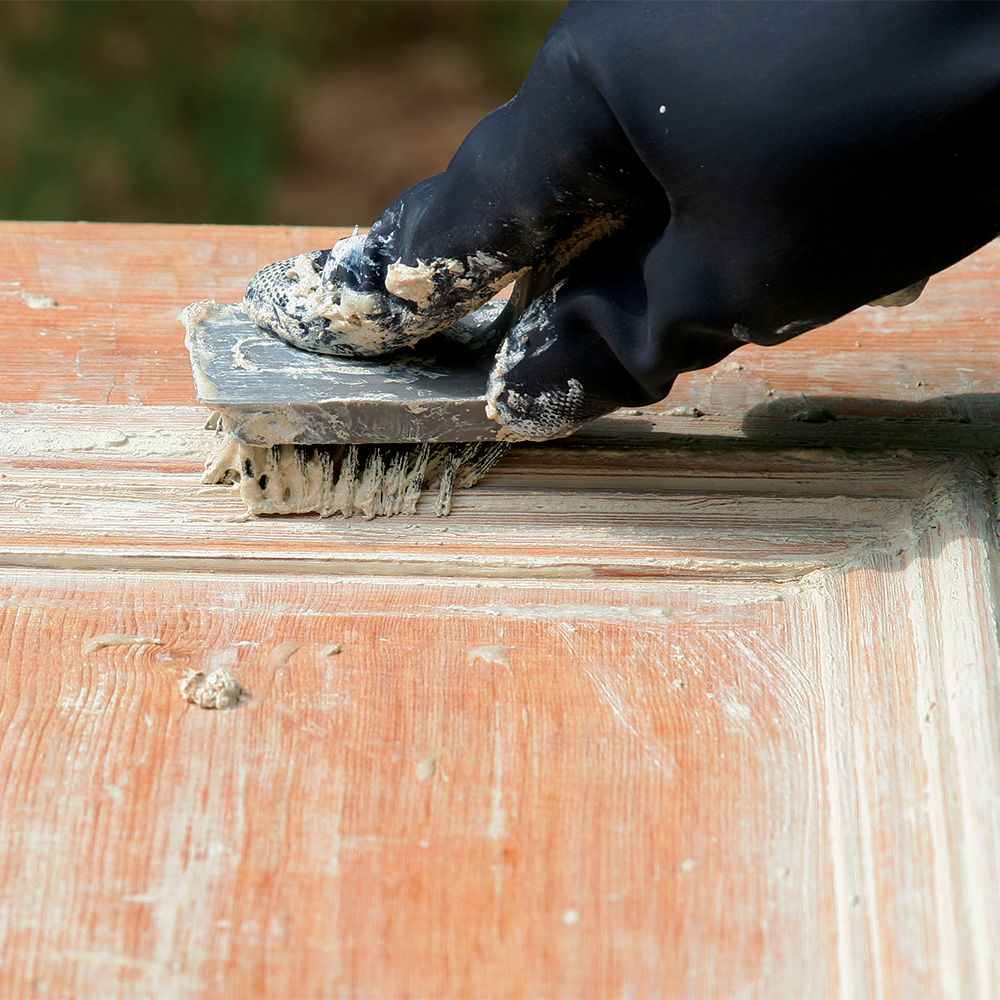 |
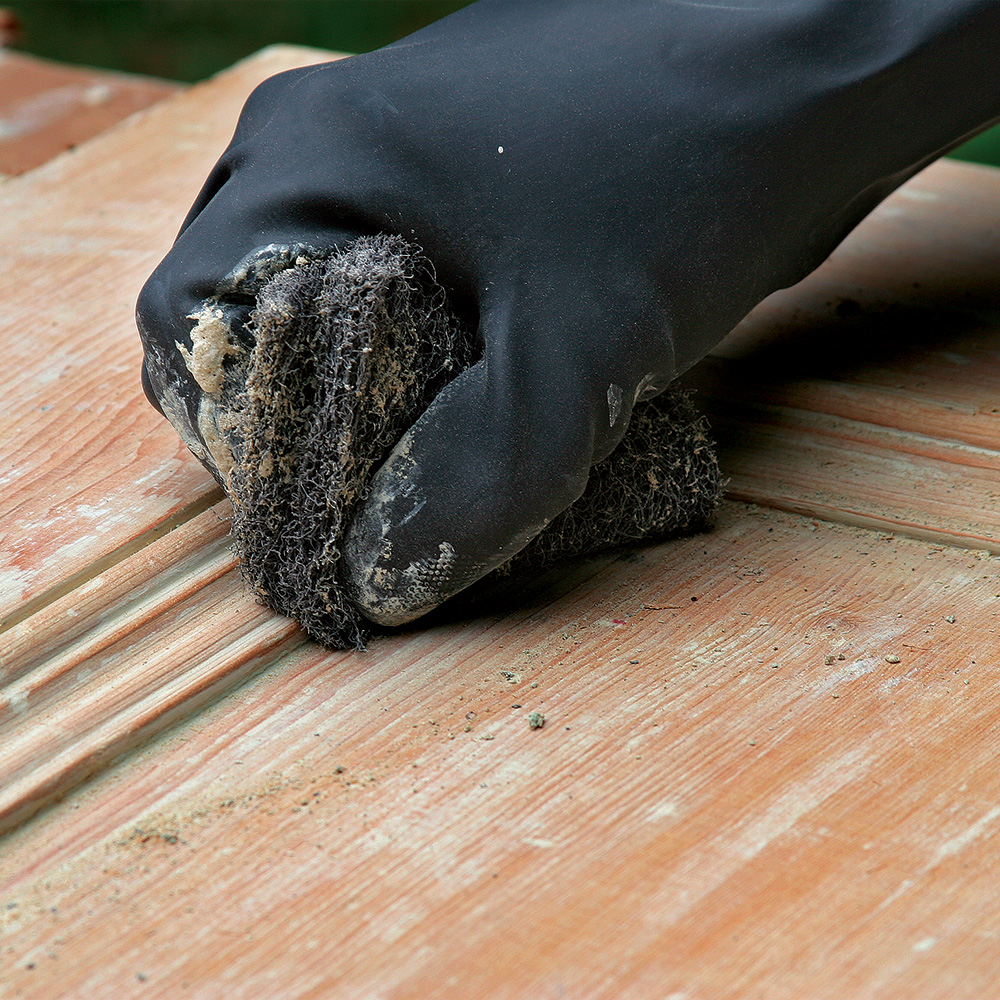 |
Experience Fills In Where the Label Leaves Off
While it’s true that the making of a paint stripper is a science, the decision about when to remove a stripper from a painted surface is an art, or maybe voodoo. Despite advertising claims to the contrary, it’s impossible to predict with any accuracy how long to wait before removing a coat of stripper, or how to decide when it makes more sense to start over with another application.
Instead of simply staring at my wristwatch and hoping for the best, I periodically scraped small patches of the surface to see if the product had managed to penetrate the built-up layers of paint. As soon as the test patches revealed either bare wood or a stalled stripper that was making no headway, I recorded the elapsed time and then removed the stripper and the softened layers of paint.
I used a variety of tools for this step: metal and plastic scrapers with both square and rounded corners, toothbrushes, bristle brushes, woven abrasive pads, and steel wool. Although the goal of scraping is to remove paint without damaging the underlying surface, I worked fairly aggressively.
Patience Eventually Pays Off
Each product required a different number of applications and amount of time. In each case, I left the first coat of these products on their respective door sections for a full 24 hours, and then scraped them off even though they had not yet reached bare wood.
After that, on subsequent applications, I experimented with various contact times to determine the optimum stripping period for each product. Some strippers appeared to make progress throughout a 24-hour application, while others stalled and seemed to benefit from being removed and later reapplied to the newly scraped—and somewhat abraded—upper layer of paint.
While it might seem logical to leave the strippers on for a full 24-hour period each time, I soon learned that there’s a downside to the old adage of “letting the stripper do the work.” The longer contact times raised and softened the wood grain, which made it far more susceptible to scraping damage.
- Removing Paint From Brick
- How to Test Paint Stripper for Your Next Refinishing Project
- Scraper Cleanup
Originally published September 2013. Edited May 2025.
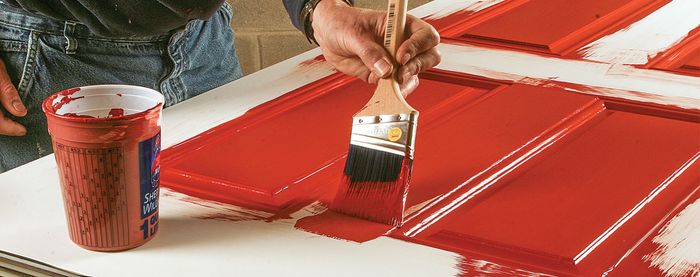
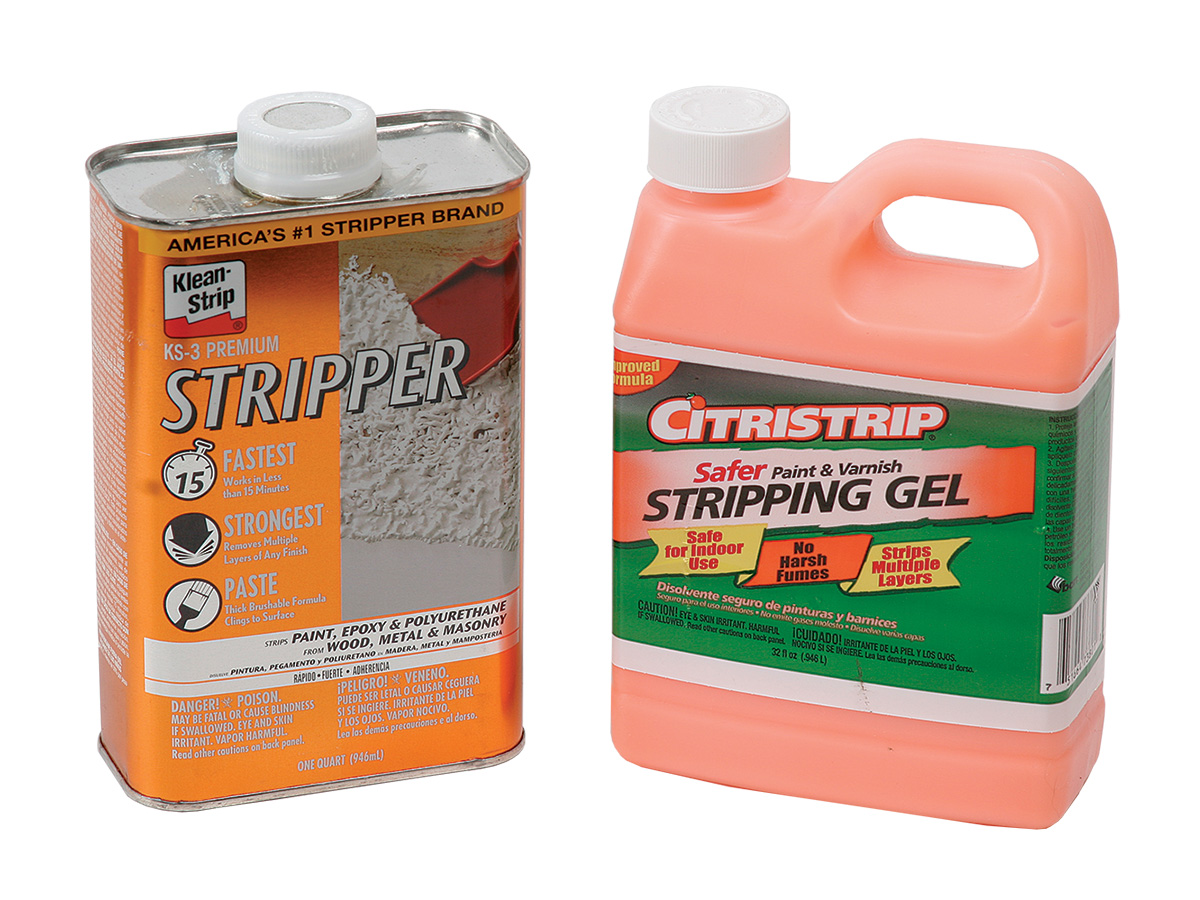
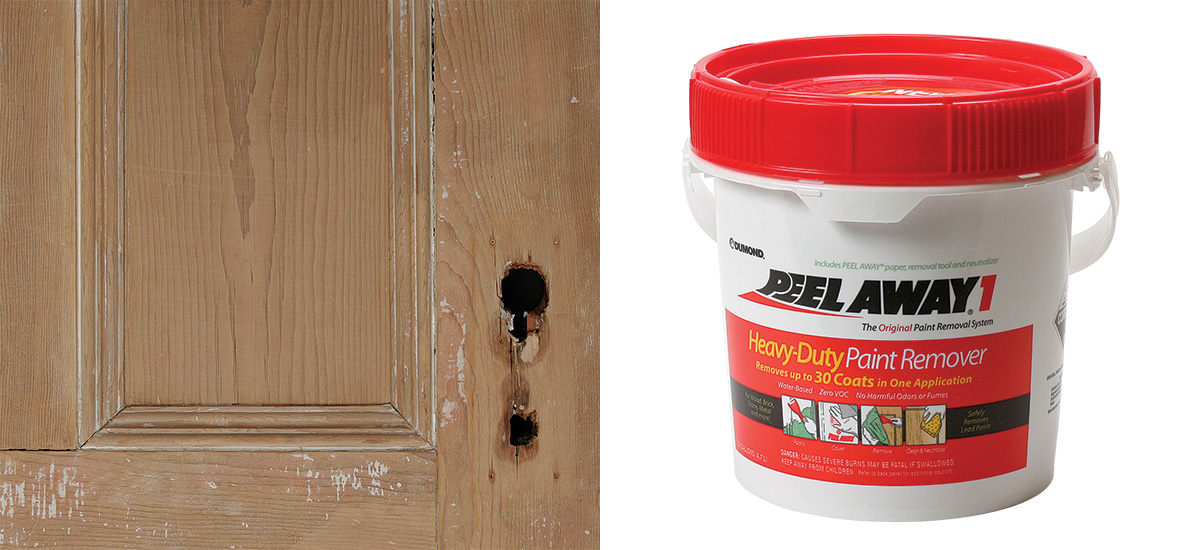
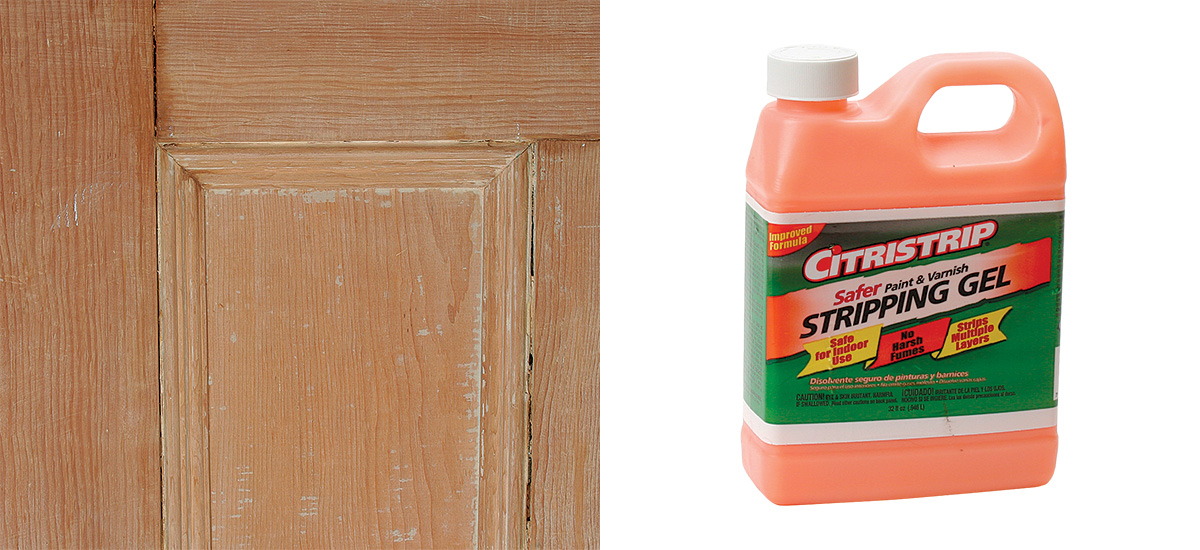
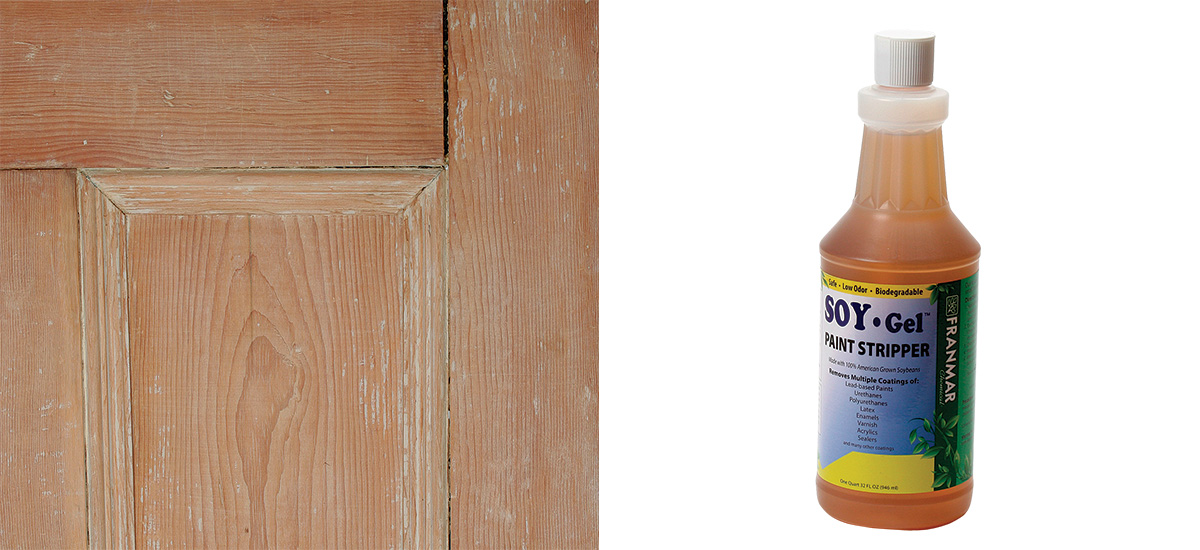
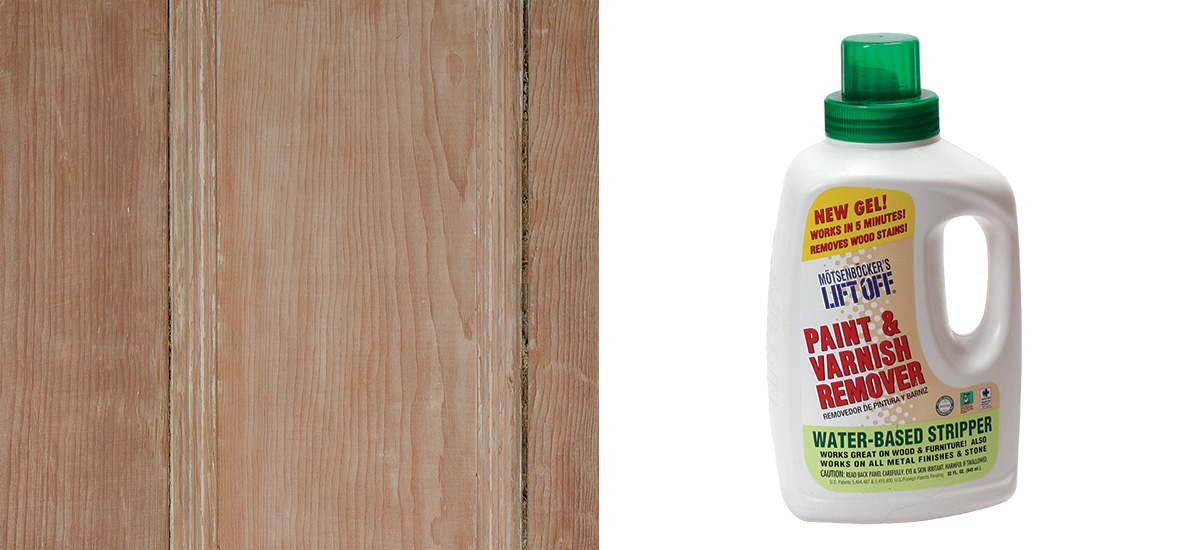
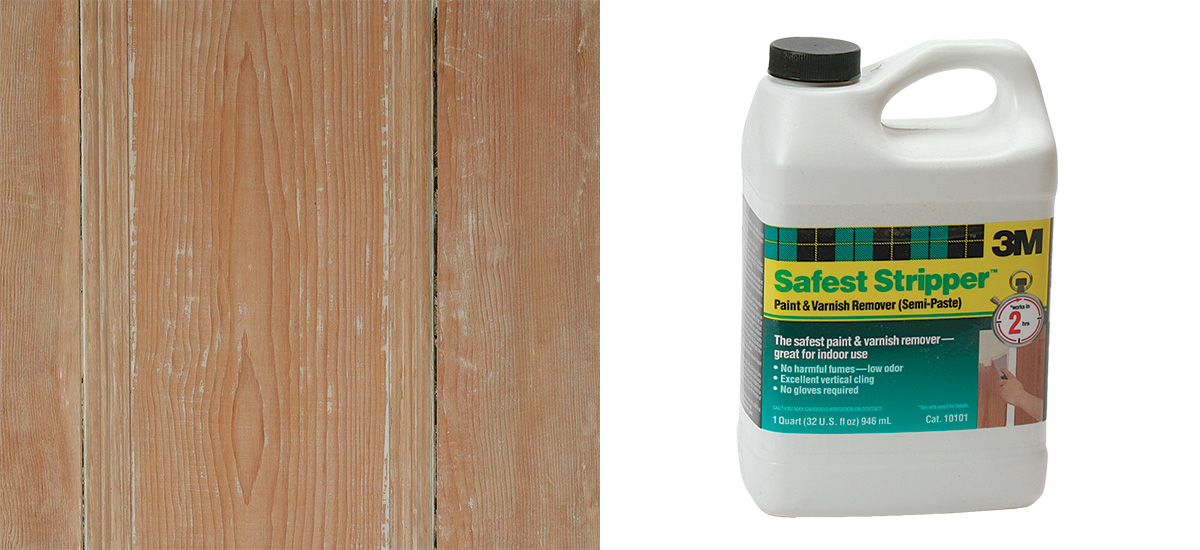
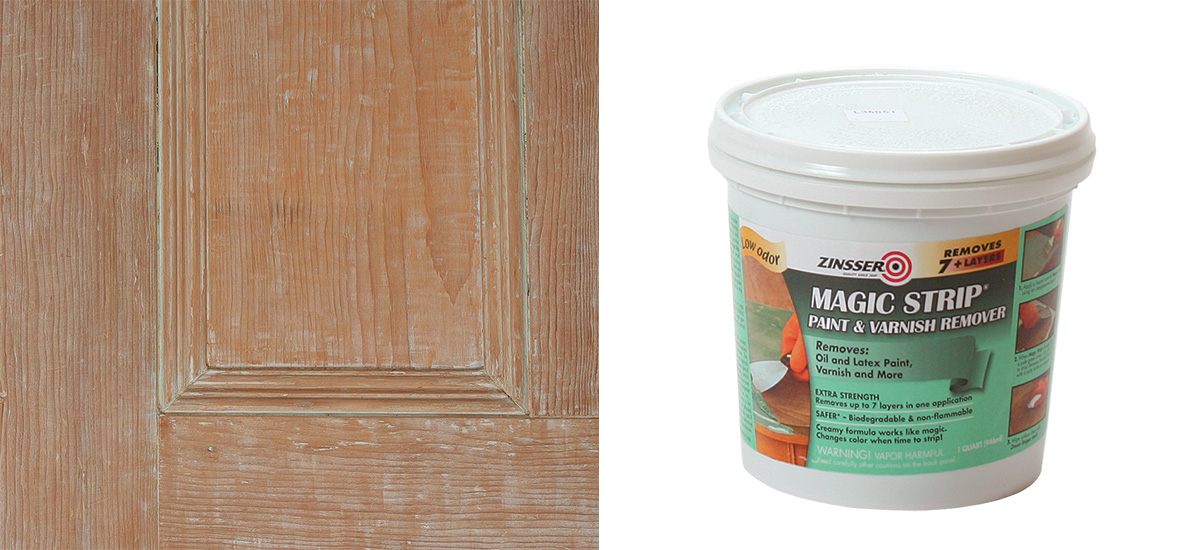
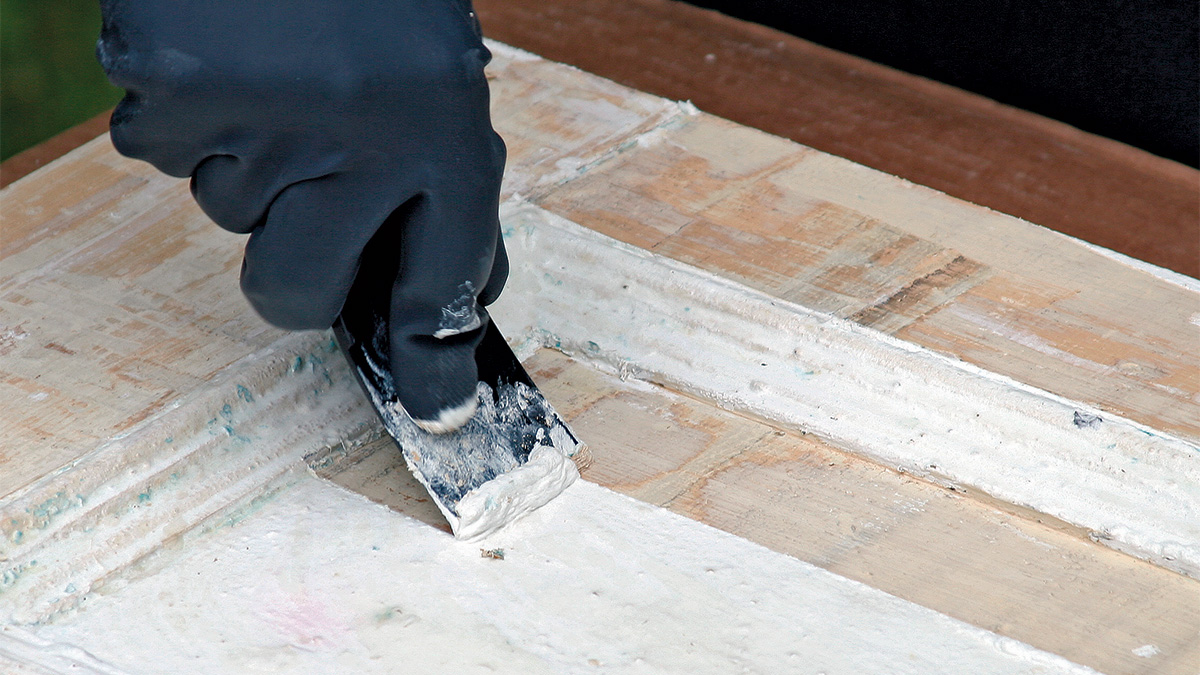





View Comments
Another safer and cleaner stripper is infrared heat. A single heat application of 3-60 seconds makes the paint bubble for quick scraping and then immediate repainting. No neutralizing, drying or sanding are needed. Long waiting time is eliminated and release of toxic lead paint dust is minimized. Paint heated by heat guns must reach 1000F to release and thus causes toxic lead fumes. Speedheater Infrared Paint Removers by Eco-Strip require heating the paint only to 400-600 F. to release it from wood painted or varnished surfaces. The lower paint temperature of the infrared rays from Speedheaters does not release toxic lead fumes.